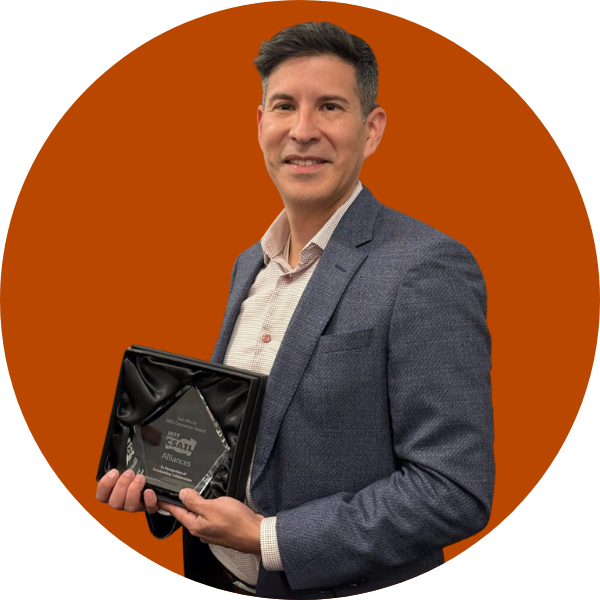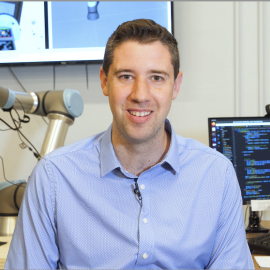Research
CSAIL Alliances is excited to recognize Dr. Luis Muniz of Bayer as the recipient of the 2025 CSAIL Alliances Connector Award. As Bayer’s Director of Global IT External Partnerships, Dr. Muniz exemplifies what it means to be a Connector: a bridge-builder and strategic thinker who brings people together for real, measurable impact.

Diffusion models like OpenAI’s DALL-E are becoming increasingly useful in helping brainstorm new designs. Humans can prompt these systems to generate an image, create a video, or refine a blueprint, and come back with ideas they hadn’t considered before.

In an office at MIT’s Computer Science and Artificial Intelligence Laboratory (CSAIL), a soft robotic hand carefully curls its fingers to grasp a small object. The intriguing part isn’t the mechanical design or embedded sensors – in fact, the hand contains none. Instead, the entire system relies on a single camera that watches the robot’s movements and uses that visual data to control it.






